
-
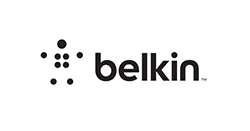
-
BELKIN
-

-
How to prevent corrosion after sheet metal processing?|metal prototype makerFor sheet metal products, most materials except stainless steel require anti-corrosion, anti-rust and anti-oxidation. Ma...
-
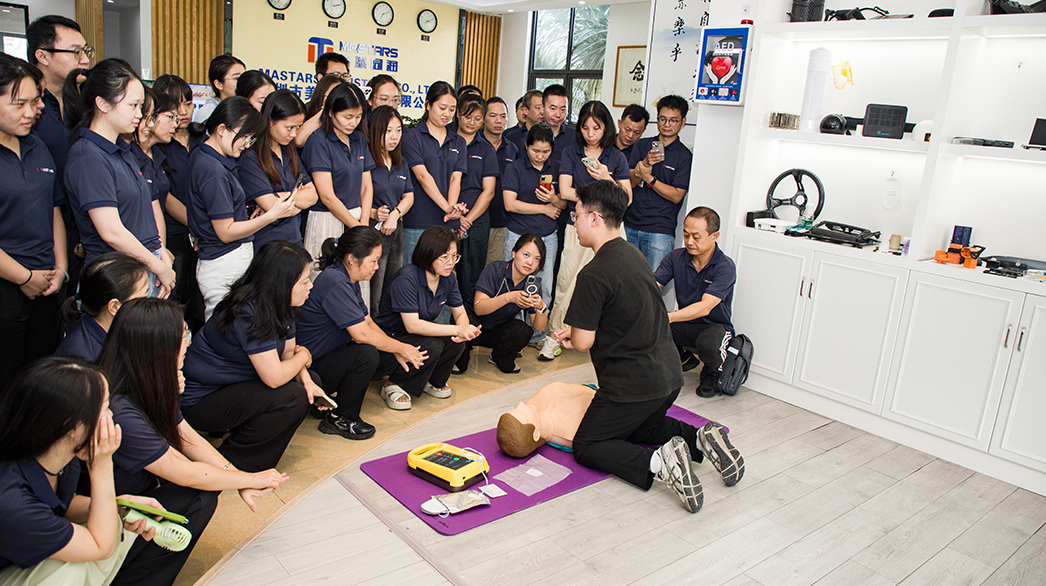
-
CPR & AED Training for Everyone’s SafetyTaking care of your heart is really important, so everyone should pay attention to their heart health.
-
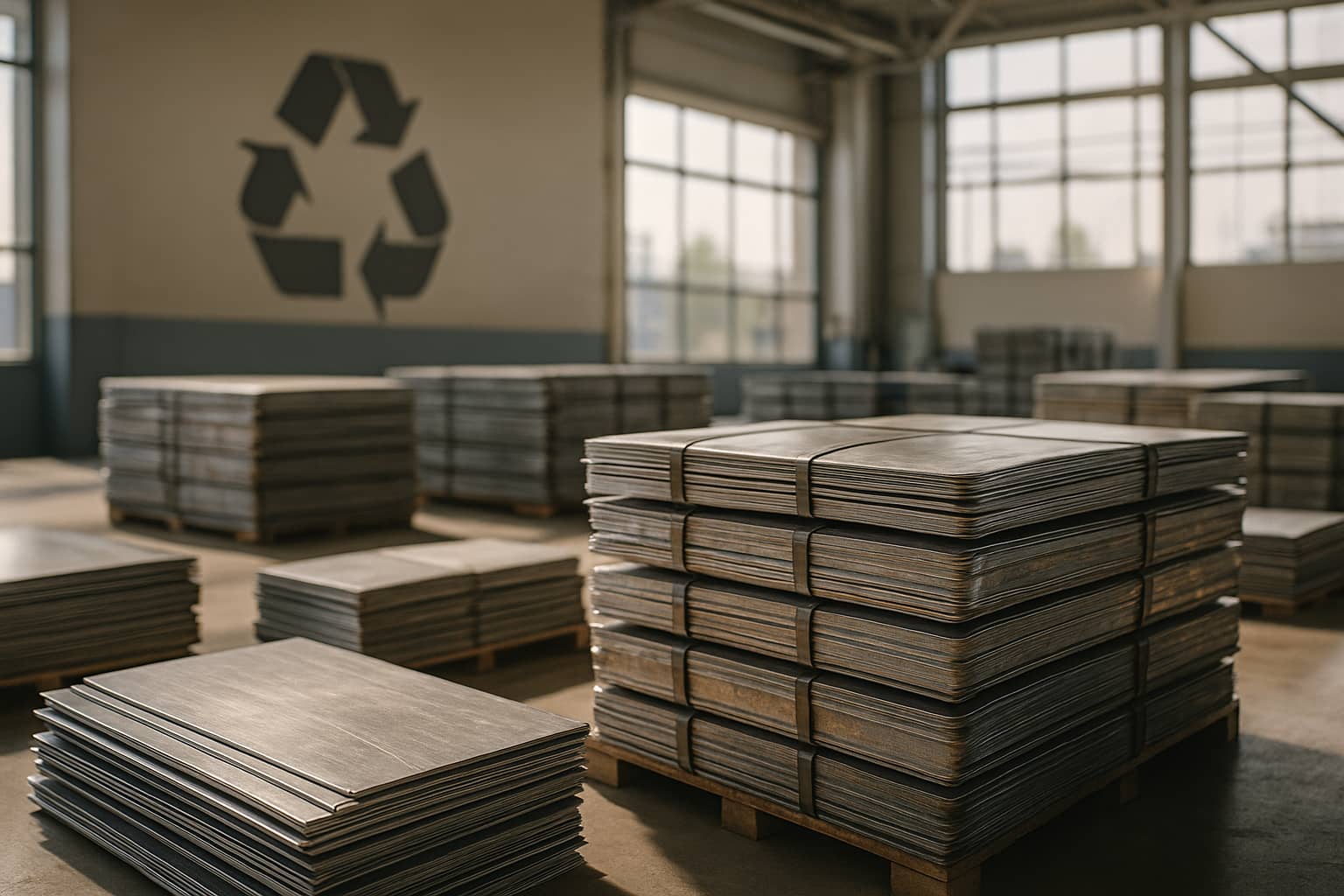
-
Future of Sheet Metal Recycling in Automotive IndustrySheet metal recycling is reshaping the automotive industry. Why? It reduces waste, cuts costs, and supports energy-effic...
-
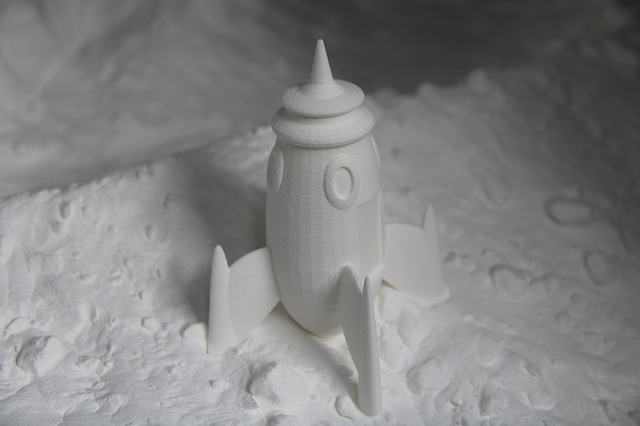
-
3D printing manufacturing artificial eye|3d printing services|mastarsAn artificial eye developed by a team in the United States uses 3D printing technology to distribute some special ink on...
-
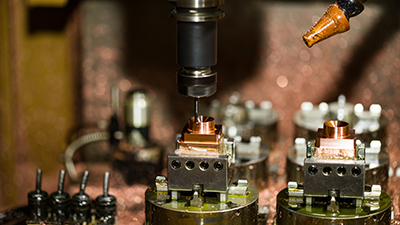
-
Everything You Need to Know About CNC MillingVarious types of processing can be performed on a CNC machine. They can be cut (milled), drilled, planed, sharpened, and...
-

-
Injection molding process of child safety seat|rapid prototyping servicesMastars manufactures high quality and precision products for the automotive, electronics, medical and outdoor industries...
-

-
Manufacturing service cases in audio industryAs the world-leading brand in the professional audio industry, Solid State Logic always provides exceptional musical enj...
-
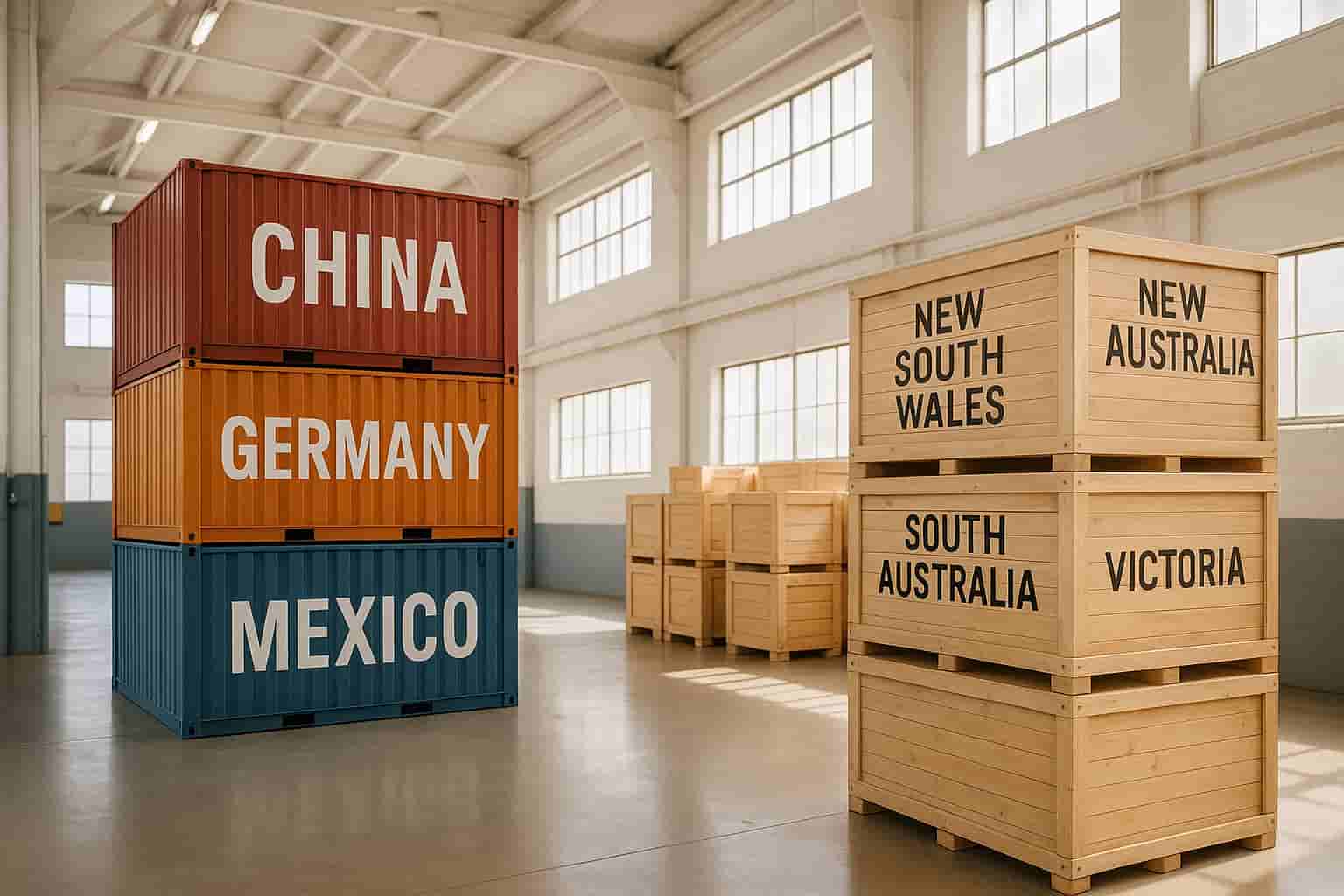
-
Regional vs. Global Material Sourcing: Cost ComparisonChoosing between regional and global sourcing involves more than just material costs. Regional offers speed and reliabil...
Contact us
- Building 6 , Blue Sky Industrial Park, Ditang Road, Shajing Town, Shenzhen City,Guangdong, China (518104)
- marketing@mastars.com
Rapid Prototyping Tooling Terms Glossary
Here is a detailed
English-language guide to the professional terminology associated with Rapid Prototyping Tooling (often shortened to Rapid Tooling).
This glossary is
organized to follow the logical progression from concept to finished tool.
Rapid Tooling: Professional Terminology (English
Version)
Category 1: Core Concepts & Classifications
|
Term |
Definition & Context |
|
Rapid Tooling (RT) |
A broad set of techniques that use additive
manufacturing or other fast processes to create molds, dies, or patterns
quickly and cost-effectively for prototyping and low-volume production. |
|
Bridge Tooling |
Tooling that serves as a "bridge"
between prototyping and full-scale production. It is more robust than a
simple prototype mold but not as durable as production tooling. |
|
Soft Tooling |
A general term for molds made from less
durable materials, typically used for 50-1,000 parts. Common
materials include aluminum, soft steel, silicone
rubber, and epoxy
composites. |
|
Hard Tooling |
Refers to traditional, long-life production
molds made from hardened steel. These are
designed for high-volume production (millions of cycles) and involve high
cost and long lead times. |
|
Indirect Rapid Tooling |
A method where a master
pattern (usually 3D printed) is first created. This pattern is then used to
produce a secondary, negative mold (e.g., from silicone or epoxy), which is
used to cast the final parts. |
|
Direct Rapid Tooling |
A method where the tool itself (e.g., a
mold insert) is fabricated directly using an additive process, such as Direct
Metal Laser Sintering (DMLS). |
|
Mold Life / Number of Shots |
The estimated number of parts that can be
produced from a mold before it fails or its accuracy degrades. This is the
key trade-off in RT (e.g., a silicone mold may have a life of 25 shots, while
a soft aluminum mold may last for 10,000). |
Category 2: Master Pattern & Processes
|
Term |
Definition & Context |
|
Master Pattern |
A high-fidelity, dimensionally accurate
model of the final part, used in indirect methods to create the
mold. It is typically produced using Stereolithography (SLA) or Material
Jetting for high surface quality. |
|
Silicone Rubber Molding |
Another name for the Vacuum
Casting process. The mold is made from Room Temperature Vulcanizing (RTV)
silicone rubber. |
|
Vacuum Casting |
A primary indirect RT process. A vacuum is
used to draw liquid polyurethane resin into a silicone mold, ensuring the
resin fills intricate details and minimizing air bubbles. |
|
RTV Silicone |
Room Temperature Vulcanizing Silicone. The two-part
silicone rubber used to make flexible molds; it cures at moderate
temperatures. |
|
K-Factor (Shrinkage Factor) |
A multiplier applied to the CAD model of
the master pattern to compensate for the cumulative shrinkage of both the
mold material (silicone) and the cast material (polyurethane). |
Category 3: Direct Tooling Methods & Materials
|
Term |
Definition & Context |
|
Direct Metal Laser Sintering (DMLS) |
An additive manufacturing process that uses
a laser to sinter/fuse fine metal powder particles layer by layer to build a
fully dense metal part. Used to create metal mold inserts directly from
CAD data. |
|
Selective Laser Melting (SLM) |
Similar to DMLS, but the metal powder is
fully melted rather than sintered, resulting in parts with different
mechanical properties. |
|
Binder Jetting |
An additive process where a liquid binding
agent is selectively deposited to join powder particles (polymer, sand, or
metal). In RT, it's famously used for 3D printed sand molds for metal
casting. |
|
RapidSteel / LaserForm |
Historic tradenames for metal-polymer
composites or metal powders used in early direct metal RT processes. The
terms are sometimes still used generically. |
|
Epoxy Composite Tooling |
A method where a mold is made from an epoxy
resin filled with conductive materials like aluminum or copper powder to
improve strength and thermal performance. |
|
Sprayed Metal Tooling |
A process where a thin shell of metal
(e.g., zinc or aluminum) is thermally sprayed onto a master pattern. The
shell is then backed with a strong filler like epoxy or ceramic to create a
mold. |
|
Soft Aluminum Mold |
A mold machined from a block of aluminum
(e.g., 6061 or 7075). It is "soft" because it is not heat-treated.
It offers a good balance of speed, cost, and life for Bridge
Tooling. |
|
Kirksite |
A low-melting-point zinc alloy that can be
cast into a mold shape. It is easy to machine and repair but has a relatively
low melting point, limiting its use to lower-temperature processes. |
Category 4: Tooling Design & Features
|
Term |
Definition & Context |
|
Mold Insert |
A block, often containing the core or
cavity of the mold, that is inserted into a standard mold
base. RT is often used to create these inserts. |
|
Mold Base |
A standardized frame that holds the mold
inserts, ejection system, and cooling channels. Using a standard base saves
cost and time. |
|
Conformal Cooling Channels |
A major advantage of Direct
Metal RT. Cooling channels are 3D printed to conform to (follow) the shape of the
part cavity, leading to faster, more uniform cooling than straight drilled
channels. |
|
Draft Angle |
A slight taper applied to vertical faces of
a part to facilitate its ejection from the mold. Critical for all molding
processes. |
|
Parting Line |
The line or plane where the two halves of a
mold meet. |
|
Shrinkage Allowance |
The dimensional compensation factored into
the tool's design to account for the material shrinkage of the final part
material (e.g., polypropylene shrinks significantly) as it cools. |
Category 5: Applications & Validation
|
Term |
Definition & Context |
|
Functional Prototype |
A prototype made via RT that is used to
verify not just shape, but also fit, function, and performance under
conditions that simulate the final product. |
|
Low-Volume Production |
The manufacture of end-use parts in
quantities from 10s to 1,000s, for which traditional hard tooling is not
economical. This is the primary application of RT. |
|
Pilot Run |
A small-scale production run used to
validate the manufacturing process, train assembly staff, and produce parts
for market testing before full-scale production begins. |
|
Technology Readiness Level (TRL) |
A scale used to estimate the maturity of a
technology. RT helps raise the TRL by enabling the creation of parts from the
intended manufacturing process. |
|
Lifecycle (of a Tool) |
The stages a tool goes through, from design
and fabrication to production use and eventual decommissioning. RT tools have
a shorter but much faster lifecycle. |
This vocabulary provides a solid foundation
for discussing strategies for accelerating product development and
manufacturing introduction using Rapid Tooling technologies.
【Editor】:Mastarsall rights reserved:https://www.mastars.comPlease indicate the source






